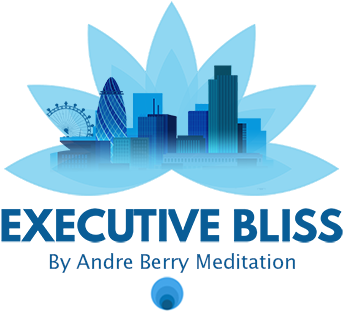What Business Leaders, Creatives, and Conscious Professionals Should Know About Mercury Retrograde
You may have heard someone mention Mercury Retrograde—usually with a roll of the eyes or a nervous laugh after a tech fail or miscommunication.
But what actually is it?
And why do so many leaders, entrepreneurs, and creatives pay attention to it—even if they don’t consider themselves “into astrology”?
What Is Mercury Retrograde?
Three to four times a year, the planet Mercury—which governs communication, contracts, technology, and travel—appears to move backward in the sky.
In astrology, this optical illusion is said to stir up disruption in those very areas:
- Miscommunications
- Delays and misunderstandings
- Tech glitches and lost emails
- Contracts that fall through
- Travel plans that go sideways
Sound like nonsense? Totally valid. But here’s the thing: you don’t need to believe in astrology to be curious about patterns—especially if you’re someone who values self-awareness, data, or strategic decision-making.
Test the Pattern for Yourself
Try this: Look back at recent projects, launches, negotiations, or team changes.
Compare them to past Mercury Retrograde dates. Did anything go sideways? Stall? Or require more edits than usual?
If not—great. Move on.
But if you do notice a pattern… maybe there’s something to observe.
After all, business leadership often comes down to noticing subtle influences before others do. And if you’re a conscious professional, tracking cycles—whether personal, seasonal, or even celestial—might be a valuable edge.
Mercury Retrograde in 2025:
Dates to Note If you’re planning a major workplace initiative, launch, or deal this year, you might choose to build in extra buffer time around:
March 15 – April 7 (Aries / Pisces)
July 18 – August 11 (Leo)
November 9 – 29 (Sagittarius / Scorpio)
This isn’t about avoiding decisions. It’s about making them with more clarity, preparation, and presence.
Why Conscious Leaders Pay Attention
At Executive Bliss, we support many high-performing professionals—executives, founders, creatives, and teams—who value both strategy and soul. And surprisingly, Mercury Retrograde comes up in conversation more than you’d think.
For some, it becomes a seasonal cue to:
- Slow down and check the details
- Communicate with more intention
- Build in contingency time for launches or negotiations
- Reflect instead of react
- Tie up loose ends before diving into something new
Even if it’s not your thing, Mercury Retrograde can serve as a gentle reminder: In high-speed corporate and creative environments, pausing with purpose is often where the breakthroughs begin.
What This Means for Workplace Wellbeing
In a world of 24/7 emails, back-to-back meetings, and constant pressure to deliver, many businesses focus solely on output.
But smart, modern leaders are recognising that true wellbeing isn’t about waiting for burnout to strike.
It’s about building emotional intelligence, self-awareness, and even curiosity into daily operations—before the pressure mounts.
Whether you see Mercury Retrograde as real, metaphorical, or myth, its presence can be a useful touchpoint for stress management, clarity, and conscious leadership.
Final Thoughts
You don’t have to believe in planets to believe in patterns. And you don’t need to follow astrology to embrace intentional leadership in an unpredictable world.
So next time Mercury “goes retrograde,” try this:
Track it.
Reflect.
Stay open.
You might just find a rhythm that helps you lead with more grace, focus, and foresight.
Want to deepen your intuition and sharpen your decision-making—without burnout?
Join us at EXECUTIVE BLISS LIVE
https://www.eventbrite.co.uk/e/executive-bliss-the-art-of-blissful-living-tickets-1290121420899?aff=ebdsshsms&utm_share_source=search_android
Central London | Saturday 31st May
A full-day immersion for clarity, calm, and conscious leadership in work and life.
For bespoke workplace wellbeing programs:
hello@executivebliss.co.uk
+44 7738 167803
Let’s create business cultures where intuition, insight, and impact work together.


